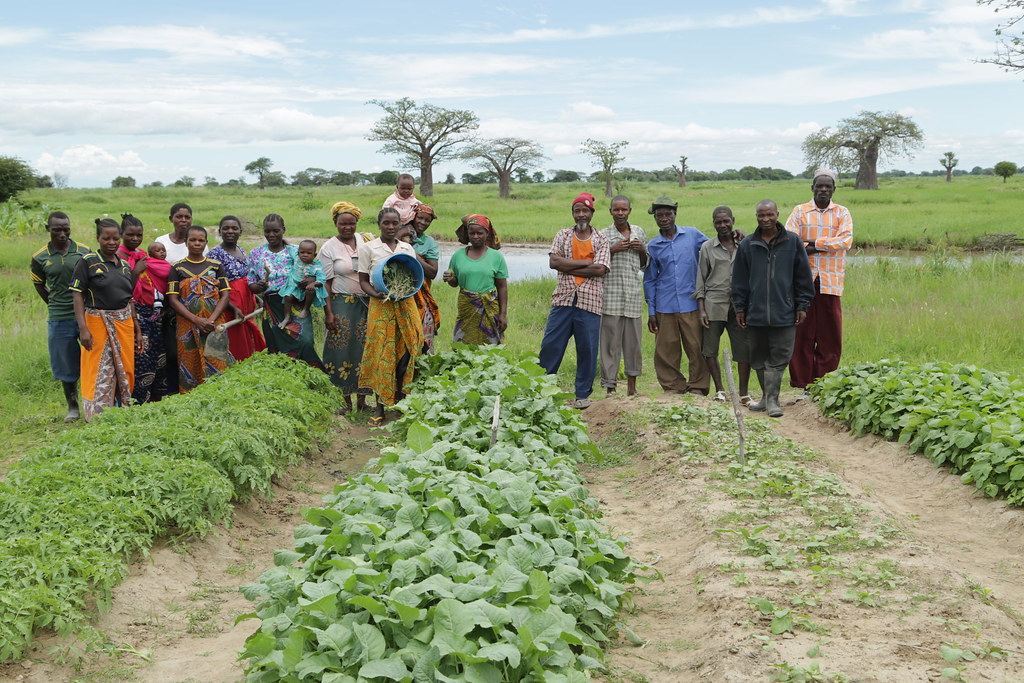
Pastoralists in the arid Baringo district have finally discovered a huge benefit to a weed that has for over two decades invaded their land at a fast rate and killed their livestock. Prosopis juliflora locally known as Mathenge withstand harsh climatic conditions explaining why it grows fast in arid and semi arid areas and covering huge tracts of land space wiping out other species along the way.
The weed has also disfigured the jaws of livestock which feeds on it due to the hard pods while causing tooth decay resulting from the pods’ high sugar content. In serious circumstances animals have lost their tongues and even died after feeding on the weed. Its poisonous thorns have also been an eyesore causing inflammation to both human and livestock that takes weeks to subside and in some cases where the infection has persisted untreated, has led to amputation of the limbs.
However farmers with the help of scientists have now managed to harvest the pods and grind the them into a powder, in order to make high energy feed-blocks for livestock potentially providing a supplementary feed source, rich in carbohydrate and protein, when other grazing is limited.
Communities in the area are now mobilising on a large scale to collect and process the pods and market them. Already feed manufacturers have expressed interest in buying the product. Bee-keepers planting mathenge’ near hives, have also benefited as its flowers are an important source of nectar and pollen for high quality honey.
Related News: Kichawi Kill offers farmers first biological control of deadly striga weed
Related News: Kiambu farmer increases yields with homemade weed fertilizer
Farmers use a machine called a hammer mill to grind the pods. First after the pods are harvested they are dried to ensure minimum moisture content so that the hammer mill can completely grind them. The grinded pods are then moved to another machine that resembles the machine used to grind maize which then makes the final blocks.
“These pods if you have a taste of one you will find that it has a lot of sugar in it. The outer cover has a lot of sugar and much of it, apart from the sugar there is also a lot of fibre in it. So there is carbohydrates, there is the sugar and the seed. The seed is actually very rich in proteins. So the trick is that when the pod is eaten whole, that protein that is in the seed is not utilised because it goes through the alimentary canal without being assimilated in the body,” says Patrick Mutua an assistant Livestock Production officer who is involved in this project. The blocks which are high in energy are mixed with other feeds.
This domestication of the weed by the plant is among the many ways that the scientists have been advocating in the effective management of the invasive weed. According to the scientists, eradication of the plant has proven to be very difficult or sometime impossible as the seeds can stay dormant for as long as 10 years but germinate very aggressively ones conditions are conducive. Instead they have proposed harnessing the tree for different uses while using techniques such as pruning and thinning of single trees.
Related News: FarmBiz TV :Amaranth/Mchicha farmers raise earnings by picking weed for cash and producing seeds
Related News: How to use weeds as a guide on crops to plant
A survey done by the Kenya Forestry Research Institute (KEFRI) and the Department of Forestry in 2007 showed that ‘Mathenge’ tree products could earn farmers in arid and semi-arid areas, Sh155,000 per household every year if well marketed.
The first documented introductions of Prosopis juliflora to Kenya was in 1973 for the rehabilitation of quarries near the coastal city of Mombasa, with seed sourced from Brazil and Hawaii. It was later introduced into the semi-arid districts of Baringo, Tana River, Turkana districts and other arid and semi arid areas due to its extensive root system which was intended to reverse soil erosion and deforestation.
Write comment (0 Comments)
















